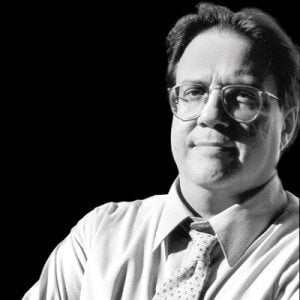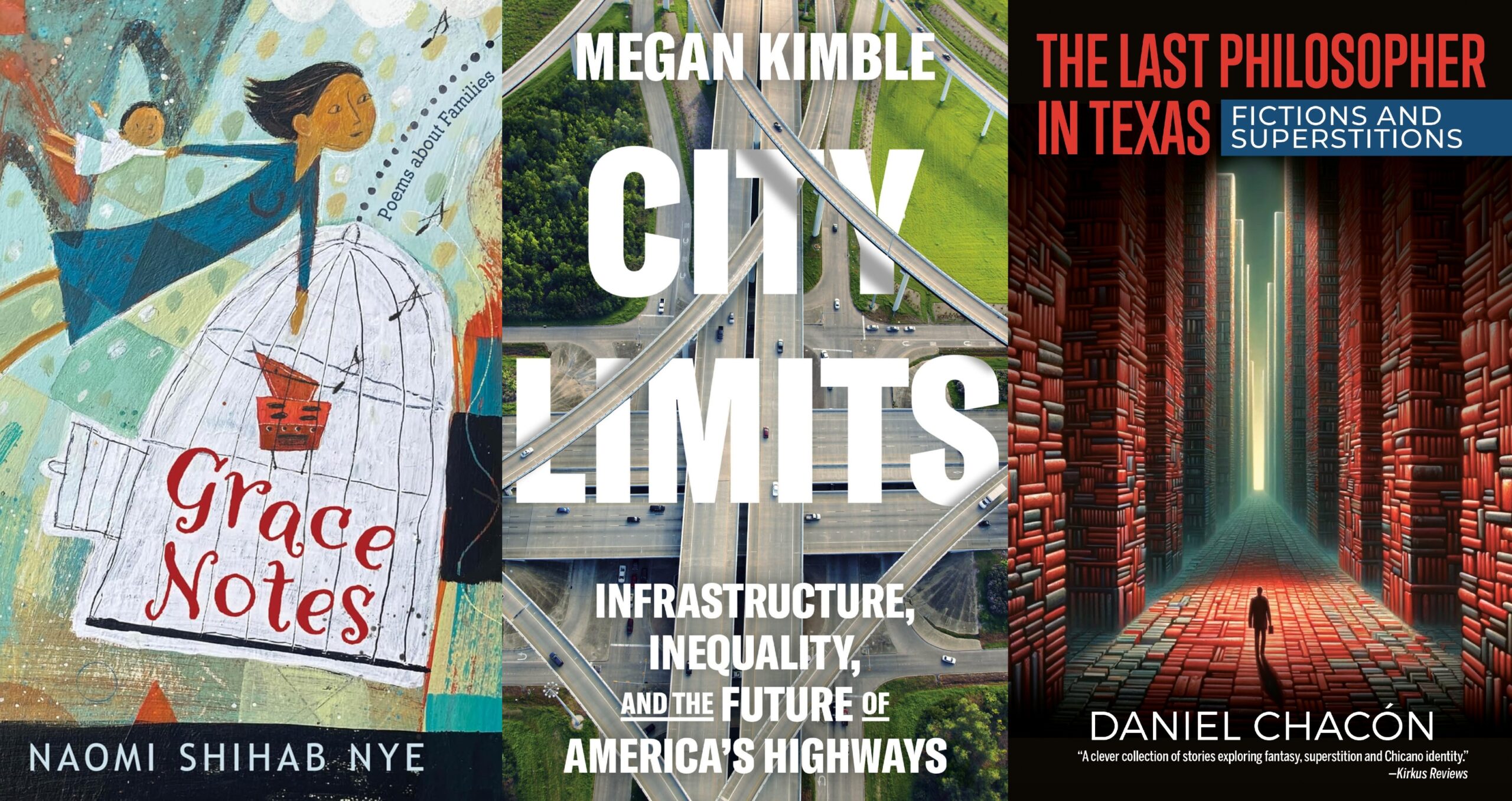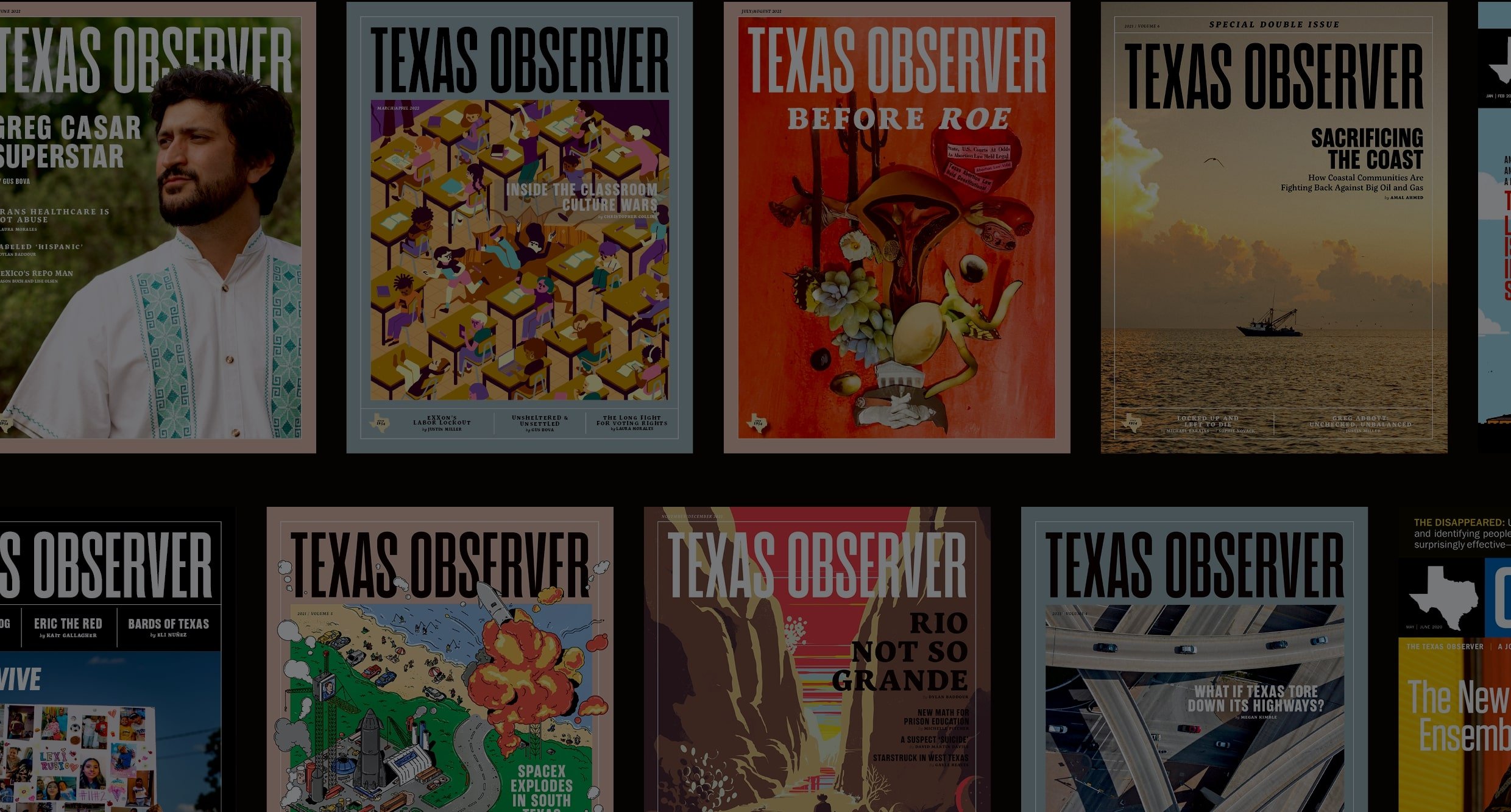Politics Uncovered

Texas Attorney General candidate Barbara Ann Radnofsky came to the phone to tell me she is pleased The Dallas Morning News has assigned someone to cover her campaign. She is very happy The Huffington Post has given her a regular forum—one she has used repeatedly to beat up on Wall Street and her rival, Texas AG Greg Abbott. She adds that she is also aware that she is a “down–ballot candidate”—insider parlance for races that appear below the governor’s race on the ballot.
Being “down ballot” these days means, more than ever, that she and other Democratic challengers are not being covered the way they need to be. Radnofsky pauses and seems to choose words gingerly. She says she has come to believe that “the coverage varies greatly” in the Texas media—and that “I can’t speak to their motivations, because I just don’t know.”
She has decided to settle for what might seem a counterintuitive stance regarding media coverage of her race: She’s glad if, in some way, the Texas media wind up focusing on the GOP incumbent she’s battling. “Even if he gets more publicity,” she says, her campaign is able to get “extraordinary quotes out of him” and “use it to my advantage.” To wit, she alludes to the Morning News story by reporter Theodore Kim that showed—surprise—oil-and-gas interests have contributed much of the $1.7 million in campaign money Abbott has raised so far this year.
It’s not just her race being overlooked in the sharp focus on Bill White and Rick Perry. Linda Chavez-Thompson, in a bid to unseat Lt. Gov. David Dewhurst, is facing many of the same problems. An obvious culprit is the ceaseless horse-race, poll-driven coverage of the governor’s race—shaped in large part by Perry’s national profile and the fact that a big city mayor like White might pull an upset.
There is also the cold reality that Texas media outlets have fewer reporters to cover lower-profile races: The Fort Worth Star-Telegram’s excellent four-person bureau, one of the best in the history of political coverage from Austin, has shrunk to one reporter. The Houston Chronicle and San Antonio Express-News once had multi-person bureaus in Austin. Hearst Corp., the parent of both papers, has combined the two bureaus and reduced staffing. Television stations from Dallas and Houston, ones that routinely covered state politics from Austin, have dropped coverage. The Morning News, which has trimmed dozens and dozens of jobs over the last decade, has kept its Austin bureau staffing mostly intact.
Some cynics might say it really doesn’t matter—the governor’s race is the only one that’s competitive this year. But the lack of media coverage for down–ballot races becomes a self-fulfilling prophecy. The voters don’t get to hear from challengers, front-runners’ methods and policies are left unchallenged and new ideas never see the light of day.
The candidates have to be heard from. Chavez-Thompson is advocating for labor rights, immigrant rights, and expansion of children’s health care and insurance. Radnofsky is talking about a wholesale re-examination of the state’s electrical utilities and saying she will go after abuses by Big Oil. These are serious issues, and these are serious candidates. It’s achingly clear that there aren’t as many big-market reporters covering them as there once were. The Observer, The Texas Tribune and others are doing their part—but caught in a numbers game, the big, mainstream outlets don’t have the money, space and reporting staffs they once had.
As I talked with Radnofsky, I remembered the first time I met her. It was in “the journalism ghetto building” at 10th and Congress in Austin. Brioni-adorned lobbyists for ExxonMobil and other Big Bidness entities were all shoehorned next to journalists. Radnofsky was on her quixotic campaign against Kay Bailey Hutchison for the U.S. Senate. In the real heyday, political candidates could, in one stop, visit reporters from The Washington Post, Time, The Wall Street Journal, USA Today … and the sprawling bureaus from Dallas, Fort Worth, Houston, and San Antonio newspapers and TV stations.
Now, so many reporters are gone. The lobbyists are still there, in strong number, in expensive cologne. And the down-ballot races are covered, at times, like mere sideshows. All Radnofsky and the others can do, as she says, is “take what coverage the media gives.”

